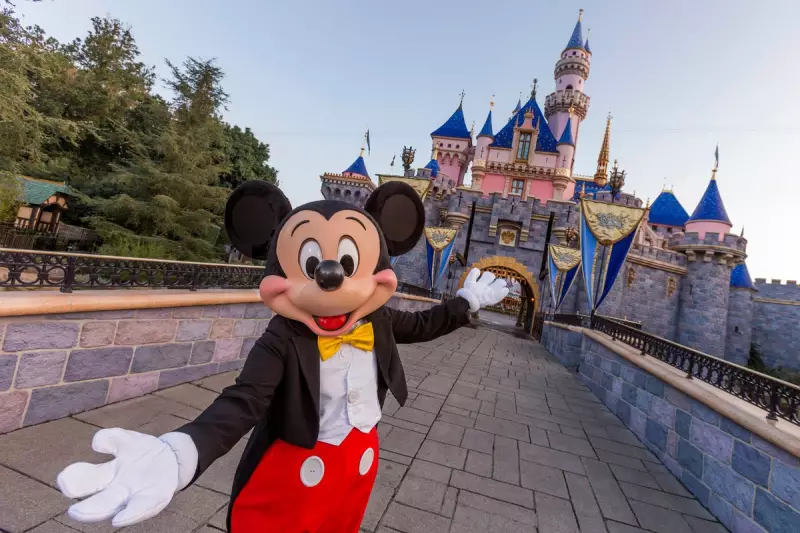
For decades, the vibrant world of American theme parks has stood as a powerful symbol of the nation's disposable income and its love for family-centric entertainment. Yet this iconic sector is now facing a significant challenge as attendance figures begin to decline.
The Squeeze on Family Finances
Revenues across the industry have slipped by almost 2 per cent year-on-year, marking a worrying trend after years of steady post-pandemic growth. The latest earnings report from Disney confirms this downturn, showing a drop in attendance at its parks for the fiscal year ending in September.
The primary culprit appears to be the soaring cost of a day out. US consumer confidence has plummeted to its lowest level in seven months, driven by pessimism over household incomes, job availability, and price increases linked to Donald Trump's tariff rises.
The price of theme park entry has escalated dramatically over the years. In 1980, a general admission ticket to Disney World cost $8 (approximately $33.40 when adjusted for inflation). Today, a single-day ticket costs between $139 and $209, with the average price hovering around $160. This means a family of four can expect to spend between $600 and $750 for a single day of entertainment.
Multi-Million Dollar Bets on a Turnaround
In response, parks are making colossal investments in new, immersive experiences and strategic partnerships with major entertainment franchises to lure visitors back.
Legoland has introduced a 'design your own rollercoaster' concept with its $90 million Galacticoaster, allowing guests to customise their ride vehicle. Dollywood is investing $50 million in a new hybrid white water rafting and roller coaster ride that will send guests through 500,000 gallons of surging water.
"The ride vehicle is not just a technical achievement – it's a symbol of what's possible when creativity and engineering come together to push the boundaries of what a theme park experience can be," a Dollywood press release stated.
Meanwhile, Universal's new Epic Universe park is placing a huge bet on its collaboration with Nintendo to create a Super Nintendo World. This new land will be populated by the beloved characters from the gaming giant's extensive universe.
A Future Built on Brands and Thrills
This trend of merging entertainment and gaming with physical attractions is becoming the industry's new blueprint. Jakob Wahl, CEO of the International Association of Amusement Parks and Attractions, told Fox Business, "We see more and more brands coming into this industry. If it's Dreamworks-themed water parks, Epic Universe with Nintendo, or Minecraft coming to the Merlin parks, the gaming and entertainment industries are merging together."
Adding to the thrill race, Six Flags in Texas is "investing heavily" in a record-breaking ride that will propel riders at speeds of up to 87mph. Ken Parks, Six Flags' corporate vice president of planning and design, acknowledged that while such headline-grabbing attractions are vital, the core of the business remains unchanged. "There's a huge audience looking to make memories together," he said, underscoring that family fun is the enduring heart of the theme park model.





